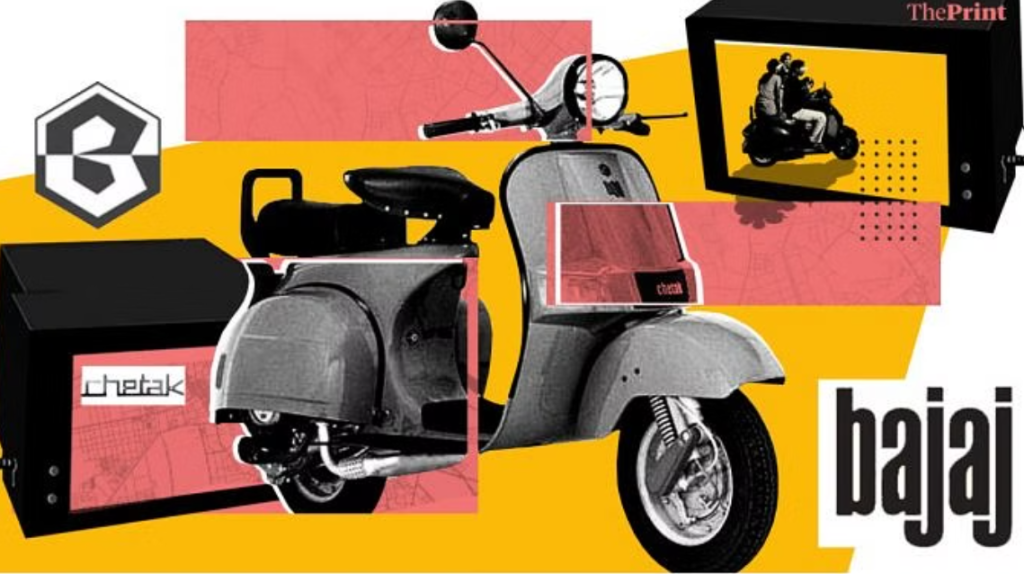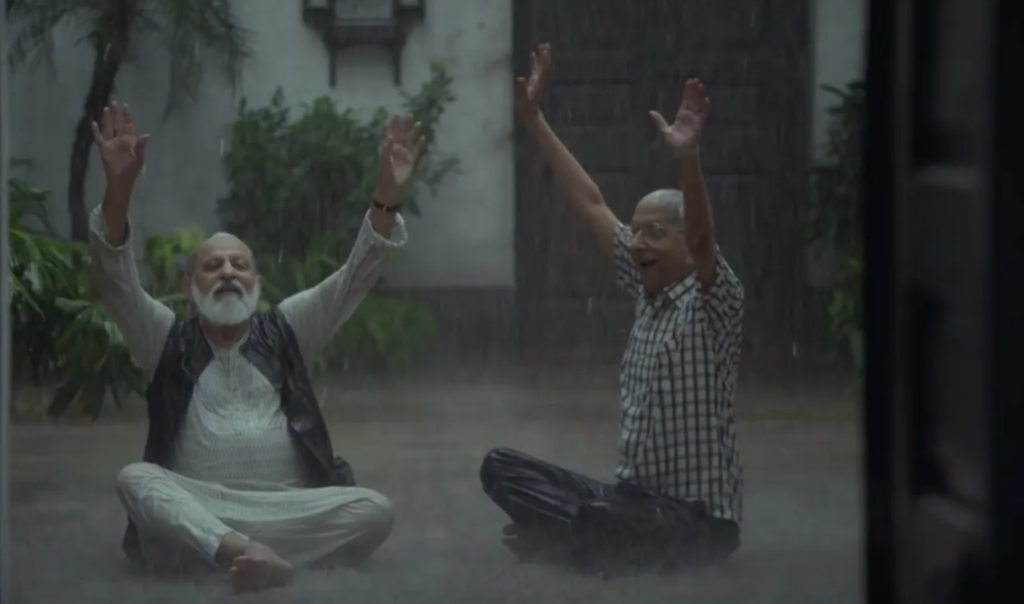In the world of advertising, conflict is not just a narrative device, it’s a powerful catalyst for creativity. The Indian advertising industry, with its rich cultural tapestry and diverse audience, has mastered the art of using creative conflicts to create compelling and thought-provoking campaigns.
By juxtaposing conflicting ideas and addressing societal, emotional, and technological tensions, advertisers craft narratives that not only capture attention but also resonate deeply with viewers.
Cultural diversity
India’s rich cultural tapestry is a source of both inspiration and challenge for advertisers. Creative conflict is often sparked by the need to balance traditional values with contemporary trends. For example, the Hamara Bajaj campaign by Bajaj Auto in the 1980s skillfully navigated the conflict between modernity and tradition.

The campaign celebrated Indian values while promoting a modern lifestyle, resonating with a wide audience and becoming an iconic piece of advertising history.
Also Read: How AI Is Revolutionising Marketing In India
Generational gaps
Another layer of creative conflict in Indian advertising stems from the generational divide. Advertisers often have to address the expectations of both older, more conservative audiences and younger, progressive consumers. The Titan Raga campaigns have been doing this for decades.
These campaigns, often set in traditional settings, have been pushing the envelope about women empowerment and equality. Because of its subtle yet impactful approach, these campaigns have been successfully striking a chord with both older and younger generations.
Also Read: What Is The Future Of Esports In India?
Gender roles and social norms
Challenging traditional gender roles and social norms has been a fertile ground for creative conflict in Indian advertising. Ariel’s #ShareTheLoad campaign can be seen as a good example of that.

By encouraging men to participate equally in domestic responsibilities, #ShareTheLoad has been addressing the deep-rooted issue of gender inequality in household chores. The success of the campaign lay in its ability to spark a nationwide conversation, using creative conflict to challenge and change societal norms.
Also Read: Ariel’s Share The Load Campaign: Evolution Over Years
Political and social sensitivities
Navigating political and social sensitivities is another area where creative conflict plays a crucial role. It can be tricky, so advertisers need to be cautious yet bold enough to address contentious issues. A notable example is the Brooke Bond Red Label campaign that addressed social prejudices by depicting tea as a unifying force.
This campaign featured stories that challenged caste discrimination, religious intolerance, and gender biases, promoting social harmony through the simple act of sharing a cup of tea.
Also Read: What Are The Standard Agency Pricing Models?
Technological integration and innovation
The advent of digital media and technology has introduced new dimensions of creative conflict in Indian advertising. The integration of traditional advertising methods with digital platforms often leads to innovative solutions.

The Google Reunion campaign leveraged technology to tell a heartfelt story of two friends separated during the India-Pakistan partition. The campaign effectively used emotional storytelling combined with technological innovation to create a powerful impact through creative conflict.
Also Read: Is Sustainability The Future For The Indian Plywood Industry?
Conclusion
Creative conflict has been a vital force in Indian advertising, driving innovation and enabling advertisers to connect with a diverse audience. As the industry continues to evolve, the strategic use of creative conflict will remain crucial. But advetising isn’t the only place where creativity can be found! Tay Guan Hin, the Creative Chairman at BBDO South Asia and author of Collide, shares personal insights from his own journey of finding creativity in unconventional spaces.
From talking about humans being led by technology to what can be creativity’s saving grace in the AI-led future, watch the full episode to know it all!